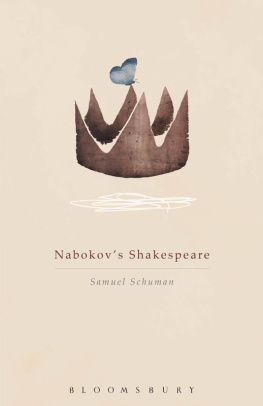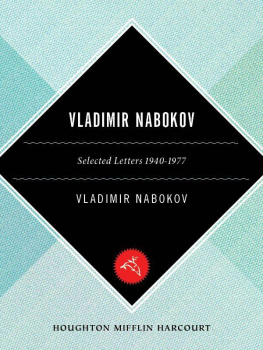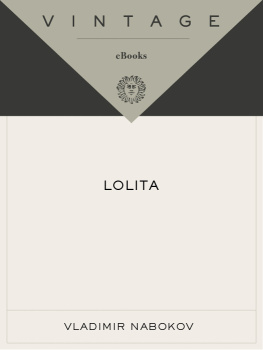First Vintage Books Edition, April 1991
Copyright 1955 by Vladimir Nabokov
Annotated edition copyright 1970, 1991 by Alfred Appel, Jr.
All rights reserved under International and Pan-American Copyright Conventions. Published in the United States by Vintage Books, a division of Random House, Inc., New York, and distributed in Canada by Random House of Canada Limited, Toronto. Originally published in somewhat different form by G. P. Putnams Sons in 1955. This annotated edition by Alfred Appel, Jr., was originally published in somewhat different form by McGraw-Hill Book Company in 1970. This edition published by arrangement with the Estate of Vladimir Nabokov and with Alfred Appel, Jr.
Library of Congress Cataloging-in-Publication Data
Nabokov, Vladimir Vladimirovich, 18991977.
[Lolita]
The annotated Lolita / Vladimir Nabokov; edited, with preface, introduction, and notes by Alfred Appel, Jr. 1st Vintage books
ed.
p. cm.
Includes bibliographical references.
eISBN: 978-0-307-78808-5
I. Appel, Alfred. II. Title.
PS3527.A15L6 1991
81354 dc20 9050264
v3.1
to Vra
Acknowledgments
I would like to thank the following for permission to quote: The New Yorker, in whose pages the poems first appeared, for A Discovery and Ode to a Model, Copyright 1943, 1955 by Vladimir Nabokov; New Directions, for passages from The Real Life of Sebastian Knight by Vladimir Nabokovs Copyright by New Directions, 1941. Part II of my own article, Nabokovs Puppet Show, is reprinted by permission of The New Republic, Copyright 1967 by Harrison-Blaine of New Jersey, Inc. The University of Wisconsin Press has kindly allowed me to reprint portions of my article, Lolita: The Springboard of Parody, Wisconsin Studies in Contemporary Literature, VIII (Spring 1967), and passages from An Interview with Vladimir Nabokov, ibid. ( 1967 by the Regents of the University of Wisconsin). I also wish to acknowledge the assistance of Karen Appel, Richard Appel, Frank Cady, Eli Cohen, Patricia McKea, Raymond Nelson, Stephen Oshman, Professor Fred C. Robinson, and Bruce Sattler.
A.A.
Preface
In the decades since its American publication (in 1958), Vladimir Nabokovs Lolita has emerged as a classic of contemporary literature. This annotated edition, a corrected and chastely revised version of the edition first published in 1970, is designed for the general reader and particularly for use in college literature courses. It has developed out of my own experiences in teaching and writing about Lolita, which have demonstrated that many readers are more troubled by Humbert Humberts use of language and lore than by his abuse of Lolita and law. Their sense of intimidation is not unwarranted; Lolita is surely the most allusive and linguistically playful novel in English since Ulysses (1922) and Finnegans Wake (1939), and, if its involuted and constantly evolving means bring to mind any previous novel, it should be that most elusive of works, The Confidence-Man (1857) by Herman Melville. As with Joyce and Melville, the reader of Lolita attempts to arrive at some sense of its overall meaning, while at the same time having to struggle with the difficulties posed by the recondite materials and rich, elaborate verbal textures. The main purpose of this edition is to solve such local problems and to show how they contribute to the total design of the novel. Neither the attempts a total interpretation of Lolita.
The annotations keep in mind the specific needs of college students. Many kinds of allusions are identified: literary, historical, mythological, Biblical, anatomical, zoological, botanical, and geographical. Writers and artists long out of fashion (e.g., Maeterlinck) receive fuller treatment than more familiar names. Selective cross-references to identical or related allusions in other Nabokov works (a sort of mini-concordance) will help to place Lolita in a wider context and, one hopes, may be of some assistance to ).
Most of the Introduction is drawn from parts of my previously published articles in The New Republic (Nabokovs Puppet ShowPart II, CLVI [January 21, 1967], 2532), Wisconsin Studies in Contemporary Literature (1967), The Denver Quarterly (1968), and TriQuarterly (1970). Several Notes are adapted from the two middle articles and my interview with Nabokov in Wisconsin Studies (see ) working independently of each other, Mr. Proffer and I arrived at many similar identifications, and, excepting those which are readily apparent, I have tried to indicate where he anticipated me.
The text of Lolita is that of the 1989 Vintage edition. It contains many corrections made over time, some of which are identified in the Notes. All were approved by Nabokov. Like the first American edition of 1958, this variorum edition concludes with Nabokovs Afterword, which, along with its Notes, should be read in conjunction with the Introduction (where the reader will be offered exact instructions as to this procedure).
Given the length of the Notes and the fact that they are at the back of the book, the reader would do well to consider the question of how best to use these annotations. An old reader familiar with Lolita can approach the apparatus as a separate unit, but the perspicacious student who keeps turning back and forth from text to Notes risks vertigo. A more balanced method is to read through a chapter and then read its annotations, or vice versa. Each reader, however, has to decide for himself which is the most comfortable procedure. In a more perfect world, this edition would be in two volumes, text in one, Notes in the other; placed adjacent to one another, they could be read concurrently. Charles Kinbote in his Foreword to Pale Fire (1962) suggests a solution that closely approximates this arrangement, and the reader is directed to his sensible remarks, which are doubly remarkable in view of his insanity (this edition, ).
Although there are some nine hundred notes to this text, the initial annotated edition of a work should never be offered as definitive, and that claim will not be made here. As it is, The Annotated Lolita was the first annotated edition of a modern novel to have been published during its authors lifetimeA Tale of a Tub for our time. Vladimir Nabokov was occasionally consulted and, in some cases, commented on the annotations. In such instances his contribution is acknowledged. He asked me to mention that in several instances his interpretation of Lolita did not necessarily coincide with mine, and I have tried to point out such cases; the literary allusions, however, have been deemed accurate. Every allusion newly identified in the second edition of 1991 was double-checked with Nabokov during the last years of his life.
This editionnow, as in 1970is analogous to what Pale Fire might have been like if poor John Shade had been given the opportunity to comment on Charles Kinbotes Commentary. Of course, the annotator and editor of a novel written by the creator of Kinbote and John Ray, Jr., runs the real risk of being mistaken for another fiction, when at most he resembles those gentlemen only figuratively. But the annotator exists; he is a veteran and a grandfather, a teacher and taxpayer, and has not been invented by Vladimir Nabokov.

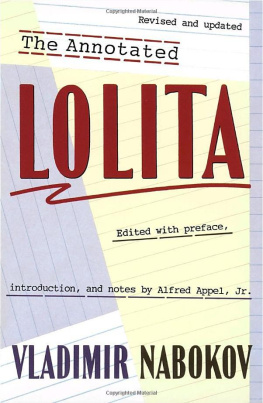
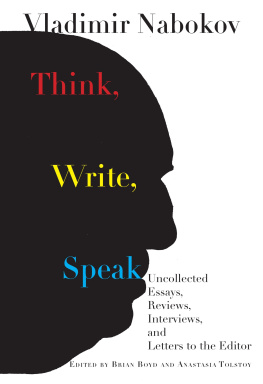
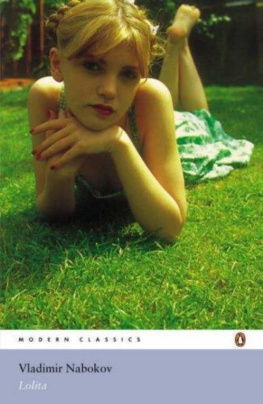
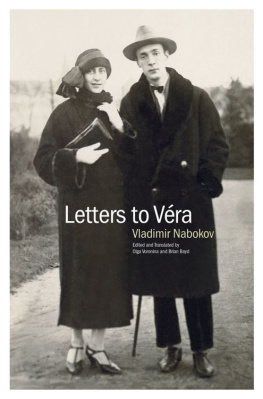

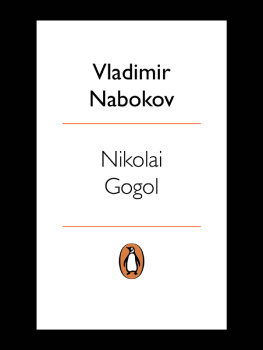
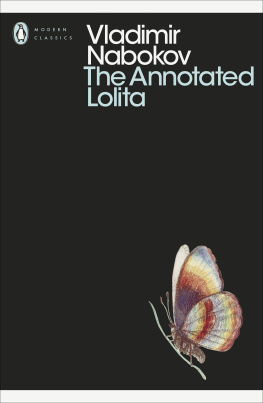


![J. C. Ryle - The Cross [Annotated, Updated]: Crucified with Christ, and Christ Alive in Me](/uploads/posts/book/150302/thumbs/j-c-ryle-the-cross-annotated-updated.jpg)

